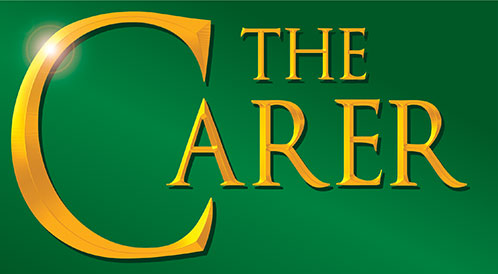
Client Contributions Now Council’s Biggest Income Source as Social Care Costs Rise
Councils in England are increasingly relying on payments from residents to fund adult social care, with client contributions now overtaking NHS income as the largest external funding source, according to newly published government figures.
The Adult Social Care Finance Report for 2024-25, released by the Department of Health and Social Care, reveals that income from client contributions surged by 14% (£0.6 billion) between 2023-24 and 2024-25, representing the highest share of local authority income at 48% of the total.
This marks a significant shift in the funding landscape, with client contributions now exceeding income from the NHS, which increased by a more modest 4% over the same period. Overall income from external sources rose by 8% to £9.7 billion.
The report paints a picture of a sector under increasing financial pressure. Gross current expenditure on adult social care reached £29.4 billion in 2024-25, representing a 9% increase in cash terms – or £2.3 billion more than the previous year.
The bulk of spending – some 80% or £23.6 billion – went towards long-term support, which saw a 10% year-on-year increase of £2.2 billion. This includes residential, nursing and community care for adults requiring ongoing support.
Care providers are also facing higher costs, with the average weekly cost of residential or nursing care rising by 7% (£77.15) to £1,185.55. Home care costs similarly increased, with the average cost of an hour of externally-provided home care now standing at £23.56, up 7% (£1.53) on the previous year.
Regional variations remain significant, with London recording the highest average weekly cost for nursing and residential care at £1,309, whilst the North East had the lowest at £1,012 per week.
The sharp rise in client contributions raises important questions about affordability and access to care. For residents aged 65 and over receiving long-term care, client contributions represented a substantial 73% (£3.5 billion) of external income sources.
The report also highlights that net current expenditure – the amount funded solely by local authorities through council tax, business rates and central government grants – totalled £24.7 billion, accounting for 72% of total expenditure.
With overall public spending on social care estimated at £27.8 billion (including Better Care Fund contributions), the sector continues to face challenges in meeting rising demand whilst maintaining quality of care.
Policy research organization the Healthcare Foundation has estimated that local authorities will require at least £3.4 billion in additional funding by 2028-29 compared to 2025-26 levels simply to address growing service demand and inflation-related expenses.
Beyond these baseline requirements, councils face further financial pressures, particularly from the rollout of the industry’s inaugural “fair pay agreement” scheduled for 2028-29. This framework establishes an Adult Social Care Negotiating Body—composed of employer and worker union delegates—responsible for determining employment terms and workplace conditions for care sector employees.
While the government has designated £500 million toward funding this agreement in 2028-29, this allocation will be drawn from the broader spending review budget, thereby limiting resources available for addressing other urgent needs. Industry organizations have broadly characterized this funding level as insufficient.
The full Adult Social Care Finance Report, England: 2024 to 2025 is available at www.gov.uk

